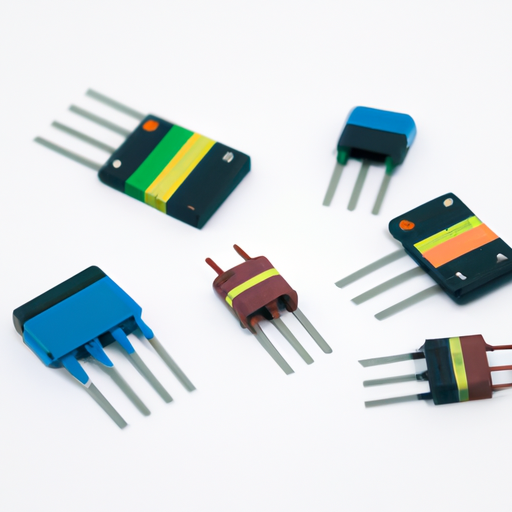Overview of CFR-50JB-52-13R Color Sensor Technology and Applications
The CFR-50JB-52-13R is a specific model of color sensor that exemplifies the core functional technology behind color detection and differentiation. Below is a detailed overview of its technology and various application development cases.
Core Functional Technology of Color Sensors
| 1. Color Detection Mechanism | |
| 2. Integrated Light Source | |
| 3. Signal Processing | |
| 4. Communication Interfaces | |
| 5. Calibration and Compensation | |
| 1. Industrial Automation | |
| 2. Food and Beverage Industry | |
| 3. Textile Industry | |
| 4. Consumer Electronics | |
| 5. Robotics and Automation | |
| 6. Medical Applications | |
| 7. Smart Home Devices |
Application Development Cases
Conclusion
The CFR-50JB-52-13R color sensor exemplifies the advanced optical and electronic technologies that enable precise color detection and differentiation. Its versatility allows it to be applied across various industries, from manufacturing to healthcare, showcasing the critical role of color sensors in modern technology. For further insights and specific case studies, exploring industry journals, manufacturer resources, and technical publications focused on sensor technology would be beneficial.






